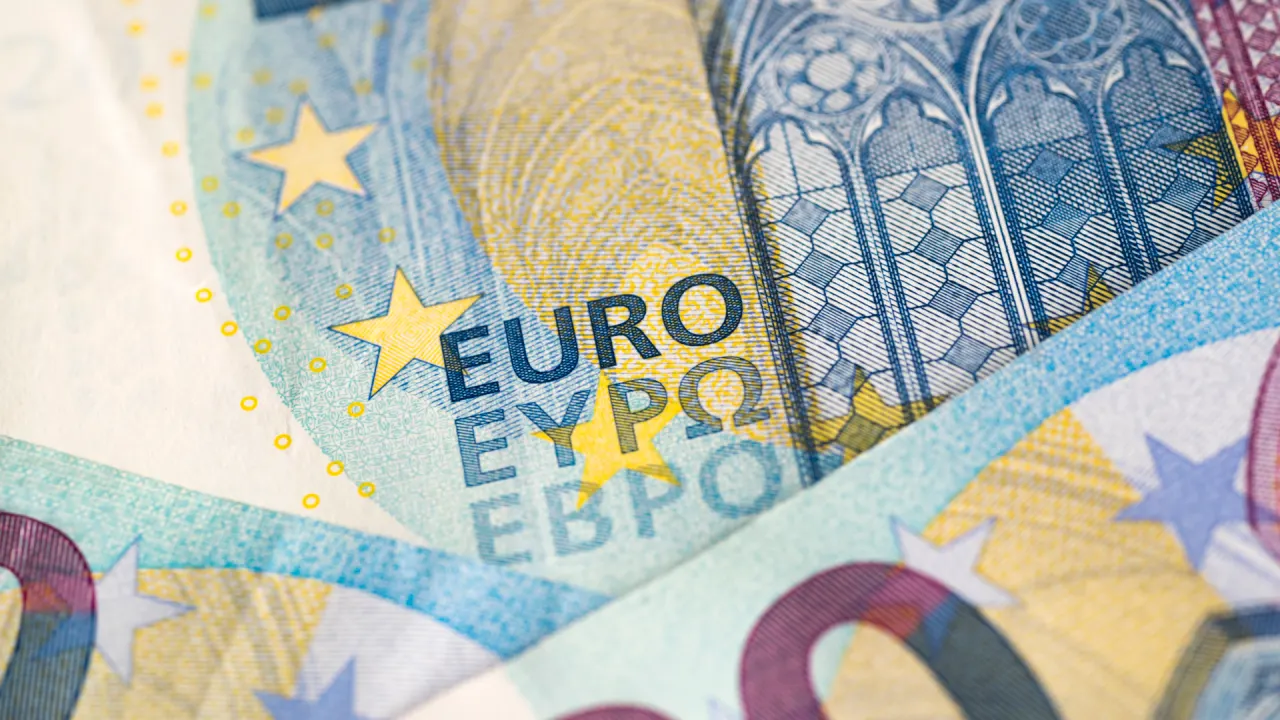Key Growth Drivers and Industry Insights Shaping the Future of the Pour Point Depressant Market
Market Overview
The global pour point depressant market was valued at USD 2.43 billion in 2023 and is expected to grow at a CAGR of 5.4% during the forecast period. Pour point depressants (PPDs) are essential chemical additives used to lower the minimum temperature at which a fluid flows, significantly improving the performance of lubricants, oils, and fuels in cold environments. The market is primarily driven by the growing demand for high-performance lubricants across automotive, industrial, and marine sectors, coupled with increased focus on operational efficiency in cold climates.
Key Market Drivers
-
Expanding Automotive and Transportation Industry
The robust growth in automotive production and ownership, especially in emerging economies, is significantly increasing the demand for lubricants and, consequently, PPDs. These additives are critical in enhancing engine performance in low-temperature conditions, making them indispensable for the automotive sector. -
Rising Demand for High-Quality Lubricants
With industries pushing for greater equipment efficiency and longevity, high-performance lubricants have become essential. PPDs help maintain oil flow in cold conditions, reduce wear and tear, and extend machinery life, thereby contributing to greater demand in sectors such as manufacturing, energy, and transportation. -
Cold Climate Operations and Oil Exploration Activities
Increasing oil and gas exploration activities in colder regions like Canada, Russia, and the Arctic have spurred the use of PPDs. These chemicals ensure smooth flow of crude oil and fuels in pipelines and tanks, preventing blockages and system failures. -
Industrial Growth in Emerging Economies
Countries such as India, China, Brazil, and Southeast Asian nations are witnessing rapid industrial expansion, boosting the consumption of industrial oils and greases. The use of PPDs in these applications to maintain fluidity and performance under varying temperature conditions is expected to grow considerably.
Market Restraints
-
Fluctuating Crude Oil Prices
Since many PPDs are derived from petrochemical feedstocks, volatility in crude oil prices can affect raw material costs and profit margins for manufacturers. -
Stringent Environmental Regulations
Regulatory pressures to reduce emissions and the environmental footprint of chemicals may pose challenges for some PPD formulations, prompting manufacturers to invest in eco-friendly alternatives.
Opportunities
-
Innovation in Bio-Based and Eco-Friendly PPDs
Growing environmental concerns are driving the development of sustainable and bio-based pour point depressants. These alternatives are gaining traction as industries seek to comply with green regulations without compromising performance. -
Increasing Demand in Marine and Aviation Sectors
As global trade and air travel increase, so does the demand for high-performance fuels and lubricants that can operate efficiently in cold environments. This creates opportunities for PPD manufacturers to expand their offerings in these sectors. -
Technological Integration for Custom Formulations
Advances in chemical engineering and digital technologies are enabling manufacturers to design customized PPD solutions tailored to specific lubricant formulations and temperature requirements.
Market Segmentation
By Product Type:
-
Poly Alkyl Methacrylates (PAMAs)
-
Poly Alpha Olefins
-
Styrene Esters
-
Ethylene Vinyl Acetate (EVA)
-
Others
By Application:
-
Engine Oil
-
Diesel Fuel
-
Industrial Lubricants
-
Aviation Fuel
-
Marine Fuel
-
Crude Oil
By End-Use Industry:
-
Automotive
-
Industrial
-
Marine
-
Aviation
-
Oil & Gas
-
Power Generation
Regional Insights
North America:
North America holds a significant share of the pour point depressant market, driven by mature automotive and industrial sectors and increasing offshore oil exploration in cold regions such as Alaska. The U.S. leads the region with strong consumption across industrial lubricants and engine oils.
Europe:
Europe follows closely, supported by stringent quality requirements for fuels and lubricants, coupled with increasing demand for energy efficiency. Cold climate countries in Northern and Eastern Europe especially drive regional PPD usage.
Asia Pacific:
Asia Pacific is expected to witness the fastest growth during the forecast period, propelled by booming automotive production, industrialization, and rising energy demand. China and India are major consumers due to their expanding manufacturing bases and growing vehicle fleets.
Latin America and Middle East & Africa (MEA):
Although smaller in market share, these regions are gaining traction with expanding oil and gas activities, particularly in Brazil, the UAE, and Saudi Arabia. The demand for PPDs in fuel and crude oil applications is increasing steadily.
Competitive Landscape
The pour point depressant market is characterized by intense competition, with companies focusing on product innovation, strategic collaborations, and geographic expansion to strengthen their market positions. Investments in research and development to create environmentally sustainable and highly efficient PPDs are a key focus.
Key Market Players Include:
-
Afton Chemical
-
CLARIANT
-
Ecolab
-
Evonik Industries
-
Infineum International Limited
-
Innospec
-
Puyang Jiahua Chemical Co., Ltd.
-
Sanyo Chemical Industries, Ltd.
-
Shengyang Greatwall Lubricant Oil Co., Ltd.
-
The Lubrizol Corporation
Recent Developments
-
CLARIANT launched new PPD formulations tailored for environmentally friendly industrial lubricants, aligning with sustainability goals.
-
The Lubrizol Corporation expanded its product portfolio with next-generation PPDs that offer superior low-temperature fluidity and compatibility with synthetic oils.
-
Infineum International Limited focused on developing high-performance PPDs for fuel applications in Arctic conditions.
-
Evonik Industries announced R&D initiatives to develop bio-based and hybrid PPDs, responding to the growing demand for green additives.
Emerging Trends
-
Shift Towards Sustainable Formulations
With increasing scrutiny on chemical use and its impact on the environment, manufacturers are turning to renewable and biodegradable ingredients in PPD formulations. -
Custom Solutions for Synthetic Lubricants
As the industry adopts synthetic and semi-synthetic oils, the need for PPDs compatible with these formulations is growing, prompting tailored solutions. -
Digital Monitoring and Blending Technologies
Integration of real-time blending and monitoring tools is enhancing formulation efficiency and enabling quality control in PPD production processes.
Conclusion
The global pour point depressant market, valued at USD 2.43 billion in 2023, is poised to grow steadily at a CAGR of 5.4%, driven by the rising need for high-performance lubricants across automotive, industrial, marine, and energy sectors. Key players such as Afton Chemical, CLARIANT, The Lubrizol Corporation, and Evonik Industries are leading innovations in environmentally friendly and performance-enhancing PPD solutions. With rapid industrialization in emerging markets and growing focus on fuel efficiency in cold environments, the pour point depressant market presents strong growth opportunities through technological advancement and sustainability-driven product development.
Communication Platform As A Service Market
Coffee Bean Grinding Machine Market
AI-Powered Sleep Optimization Solutions Market
Autonomous Port Operations Systems Market
Climate Change Impact Assessment Tools Market
Neural Interface Wearable Devices Market
Vertical Urban Mobility Infrastructure Solutions Market
Brain-Computer Interface (BCI) Gaming Market
Autonomous Vertical Farming Solutions Market
Offshore Mooring Systems Market
Immersive Display in Entertainment Market
Carbon Credit Validation Verification and Certification Market





















































































































































